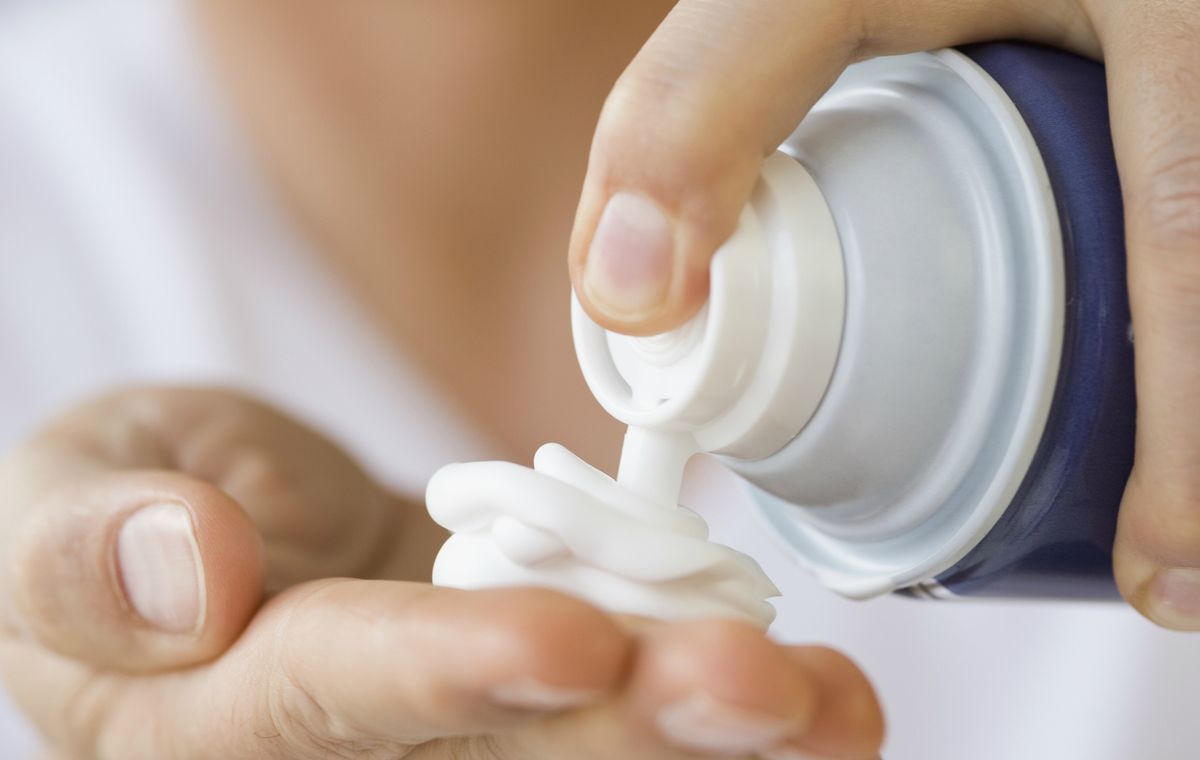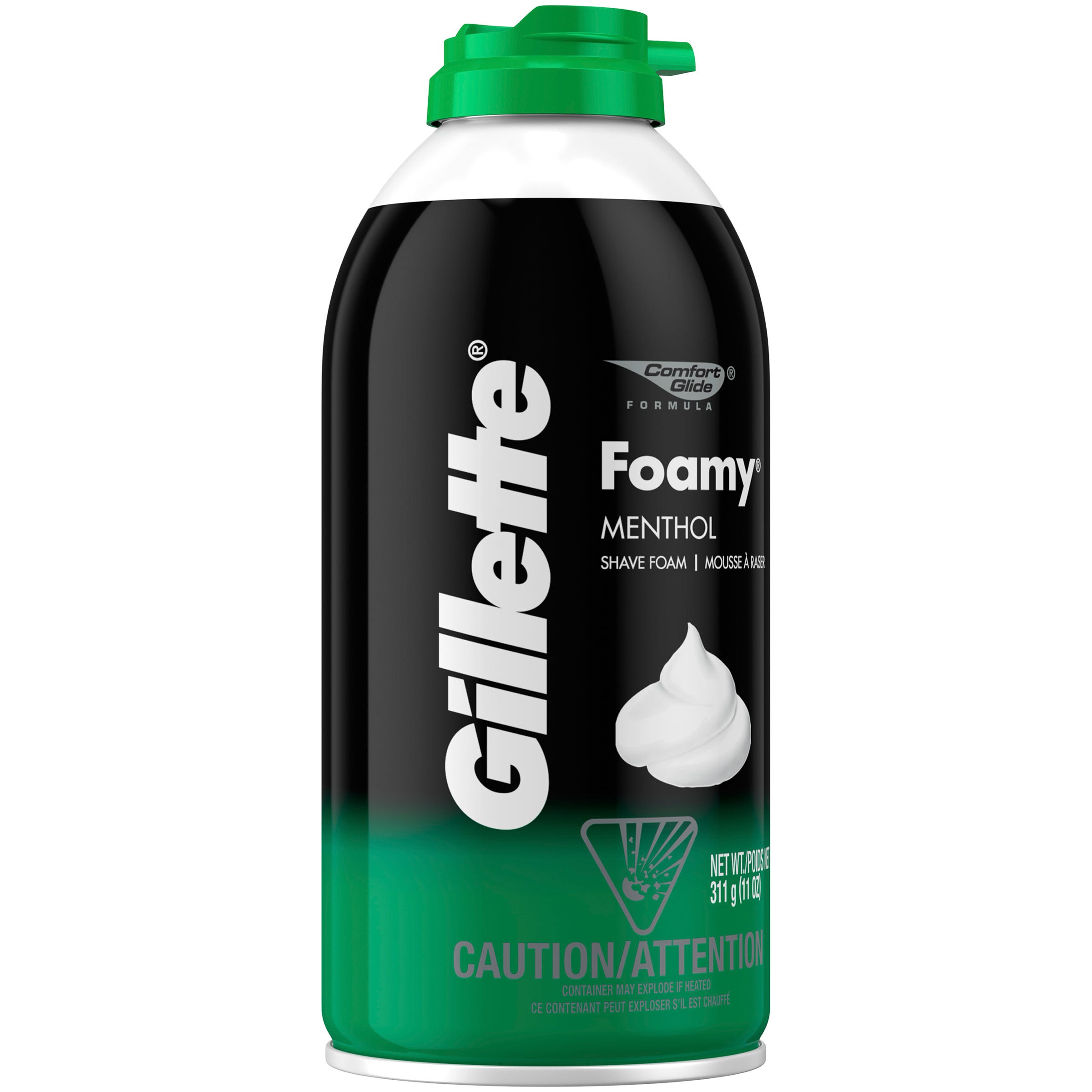Can a common household item offer solace from the fiery wrath of a sunburn? The internet buzzes with claims that menthol shaving cream is a miracle cure, but is there truth behind the hype, or is it merely another fleeting online trend?
The digital sphere is often a breeding ground for quick fixes, and the latest contender for sunburn relief has emerged from the realm of personal grooming: menthol shaving cream. A recent viral Facebook post spotlighted a purported hack, with a woman demonstrating how she slathers the foamy concoction onto her sun-kissed skin, seemingly finding respite from the burn. This method, quickly gaining traction, underscores a common human desire for immediate relief from discomfort, especially when the sun's rays have left their mark.
However, before rushing to the nearest drugstore, it's wise to delve a little deeper into the validity of this unconventional remedy. While the woman's testimonial may seem persuasive, it's essential to approach such claims with a critical eye. The foundation of effective sunburn management rests on prevention, primarily through the consistent and correct application of a broad-spectrum sunscreen. This protective measure acts as the primary defense against the sun's harmful ultraviolet (UV) radiation, which can cause sunburns, premature aging, and increase the risk of skin cancer.
Let's take a closer look at the claims and the potential benefits. The woman, Miranda Larbi, claims to have healed her sunburn in just 30 minutes. The question is: is this possible?
| Aspect | Details |
|---|---|
| Name | Miranda Larbi |
| Claim to Fame | Viral Facebook post promoting menthol shaving cream as a sunburn remedy. |
| Origin | Unspecified |
| Key Argument | Menthol shaving cream can heal sunburns in a short period of time, potentially in as little as 30 minutes. |
| Method | Apply shaving foam to the affected skin, allow to sit for 30 minutes, and then rinse. |
| Professional Opinions | Generally, dermatologists and skin care experts do not support the use of shaving cream for treating sunburns, and would advise against it. |
| Potential Risks | Possible skin irritation, allergic reactions, and the potential to exacerbate the sunburn due to the ingredients in shaving cream. |
| Alternative Recommendations | Use of moisturizing creams, cool compresses, aloe vera, and seeking shade. |
| Source | Further Information *This is an example link, please use a valid source. |
The premise behind the shaving cream method likely lies in the menthol component. Menthol, known for its cooling effect, can provide temporary relief from the burning sensation associated with sunburn. Many shaving creams, particularly those formulated for sensitive skin, include ingredients like aloe vera, chamomile, vitamin E, and jojoba seed oil, which are known for their soothing and moisturizing properties. These ingredients could potentially alleviate some of the discomfort caused by a mild sunburn. However, it's crucial to understand that these ingredients alone will not "heal" the sunburn in the way that the original post suggests. They mainly offer symptomatic relief.
The Texas mom shared a similar experience and recommended applying menthol foam shaving cream. The popularity of this online tip is a clear indication of the desire for quick, accessible solutions. With easy accessibility through platforms like Amazon, where you can find products like Gillette Foamy Shave Cream (Menthol) for approximately $25, the allure of this hack is compounded by its apparent convenience. The convenience is especially relevant for people living in Texas, where sunburns can happen frequently.
Despite the anecdotal evidence and the potential for temporary relief, dermatological professionals caution against using shaving cream as a primary sunburn treatment. The consensus is that while the shaving cream may soothe and provide temporary relief, it doesn't address the root cause of the sunburn: the damage to the skin cells caused by UV radiation. Furthermore, shaving creams are not necessarily formulated to be applied to damaged skin, and their ingredients could potentially cause irritation or allergic reactions, especially in individuals with sensitive skin. These factors make it an unreliable method for sunburn relief.
The alternatives to shaving cream for sunburn relief are vast and generally more effective. Moisturizing and hydrating creams, which help to restore the skin's natural barrier and reduce inflammation, are often recommended. Taking cool baths or showers can also provide significant relief, cooling the skin and reducing the burning sensation. Importantly, limiting sun exposure is crucial to prevent further damage and allow the skin to heal. This means wearing protective clothing, seeking shade during peak sun hours, and, of course, consistently using a broad-spectrum sunscreen with a high SPF (Sun Protection Factor).
If the sunburn is more severe, professional medical attention may be necessary. Blistering, intense pain, and signs of heatstroke warrant immediate consultation with a healthcare provider. In such cases, the use of over-the-counter pain relievers and prescription creams may be necessary to manage the symptoms and facilitate healing.
The history of shaving cream is a fascinating story in itself. Procter & Gamble once looked for a buyer. The cream was later licensed in Italy and later, in the hands of Unilever, in 2013, when they relaunched the entire Noxzema line.
In conclusion, while the menthol in shaving cream may offer some temporary relief from the discomfort of a sunburn, it is not a cure. Relying on shaving cream as a primary treatment method risks exacerbating the issue. The best approach to managing sunburn involves prevention, through the use of sunscreen, and appropriate after-care methods like moisturizing creams and cool compresses. If you have a severe sunburn, consult with a healthcare professional to discuss your treatment options. Remember, protecting your skin from the sun is an ongoing endeavor, not just a quick fix after the fact.


